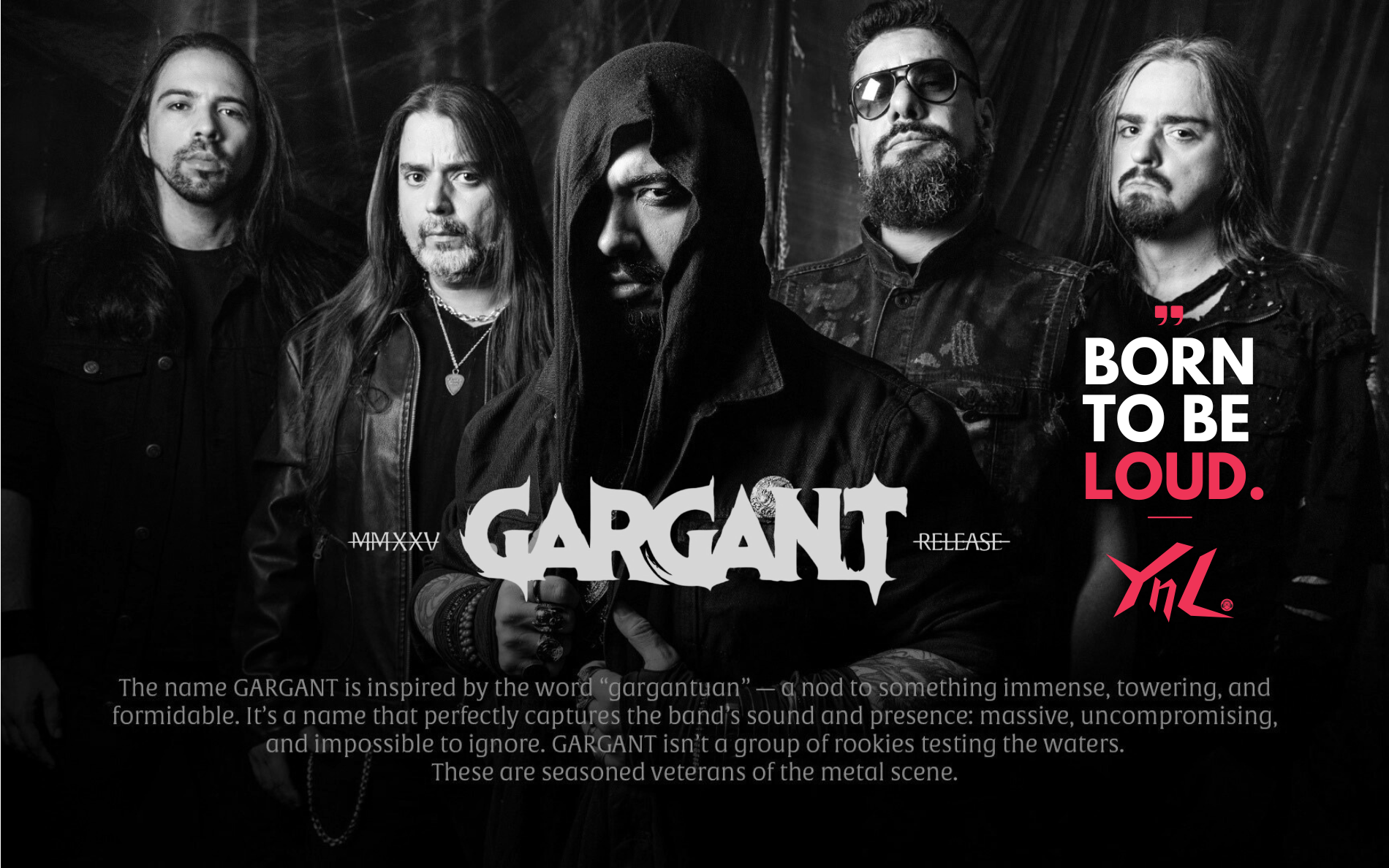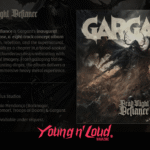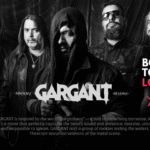Now Reading: Dead Night Defiance: The Birth of a Monumental Force in Heavy Metal
-
01
Dead Night Defiance: The Birth of a Monumental Force in Heavy Metal
Dead Night Defiance: The Birth of a Monumental Force in Heavy Metal
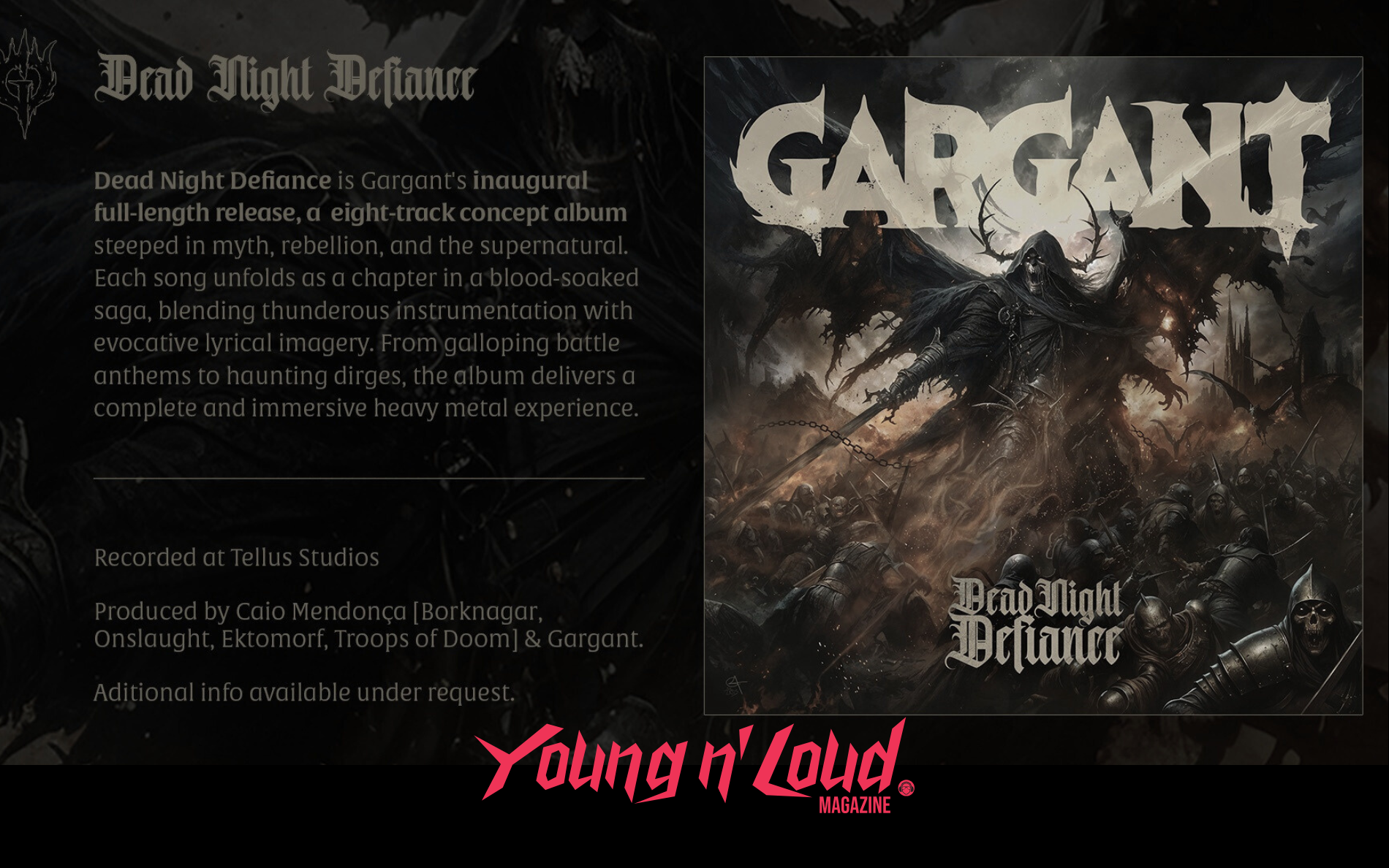
By Young N’ Loud Magazine
There are album releases, and then there are declarations. Some arrive quietly, hoping to earn attention through slow discovery. Others crash into consciousness fully formed, demanding to be heard. Dead Night Defiance, the new full length work by GARGANT, belongs unmistakably to the second category. It is not simply a record. It is a boundary stone, a testament to identity, and a turning point for a band that has decided to seize its place with conviction.
Forged in Rio de Janeiro yet resonant with the grandeur of late nineties Heavy Metal, the album stands as both a tribute and a renewal, created by musicians who have lived through multiple eras of the genre and arrived here sharpened, focused, and fearless. This is the sound of a band unafraid to define itself, unafraid to confront its influences, and absolutely unwilling to dilute its essence.
What follows is the story behind the fire.
The Foundation of a Statement
GARGANT describes the album in a single sentence: a massive, dark, and relentless strike of Heavy Metal forged with fury, melody, and conviction. It is an ambitious description, yet the music upholds every word of it. From the first percussive hit to the final fading note, Dead Night Defiance is built upon a thematic backbone that merges defiance, emotional density, and the cinematic darkness at the core of the band’s vision.
The earliest spark of this project began with the track Stormfall. Guitarist and producer Caio Mendonça calls it the emotional anchor of the album. According to him, it carried a raw fusion of anger, desire, and triumph that became the spiritual compass for everything that followed. It captured the feeling of something primal and alive, unbent by trends or expectation.
It was during those initial sessions that vocalist G. Sevens realized what the band had on their hands. These were not isolated compositions. These were pieces of a single world, tied together by a tone of darkness, narrative, and mythic defiance. As he recalls, every riff, every vocal line carried the same spirit. That was when we knew this was not a collection of songs. It was a statement.
Building the Darkness: Inside the Creative Process
If there is one word that defines the making of Dead Night Defiance, it is atmosphere. GARGANT’s creative approach did not begin with a riff or a lyric but with a feeling, a cinematic vision. Sevens describes it as a thematic spark, something conceptual or emotional that would then manifest itself in riffs, melodies, and only later in words.
The writing process flowed through three main architects: Sevens, Caio, and guitarist Leandro Carvalho. Each brought a distinct voice. Sevens delivered classic heavy metal clarity and uplifting vocal direction. Caio contributed the darker, more aggressive textures. Leandro built the melodic and harmonic structures that gave the album its emotional richness. As bassist Paulo Doc and drummer Phill Drigues joined the process, the songs took on weight, intention, and impact.
The band decided early that this material demanded a real and organic sound. For that reason, they recorded at Tellus Studio in Rio de Janeiro, fully analog, fully raw. Caio explains that the studio changed everything. Small decisions mattered: a few extra degrees of gain on an amplifier, a slightly sharper pick attack, a more aggressive drum ambience. It is what gives the sound its soul, he says. It is not perfect at a micro level. It is human, which makes it powerful.
Beyond metal, the band drew inspiration from visual worlds. Architecture. Film scores. Dark fantasy art. Classic horror and mythologic illustration. These non musical references became essential to the album’s cinematic aura. The band wanted listeners not only to hear the record but to inhabit it.
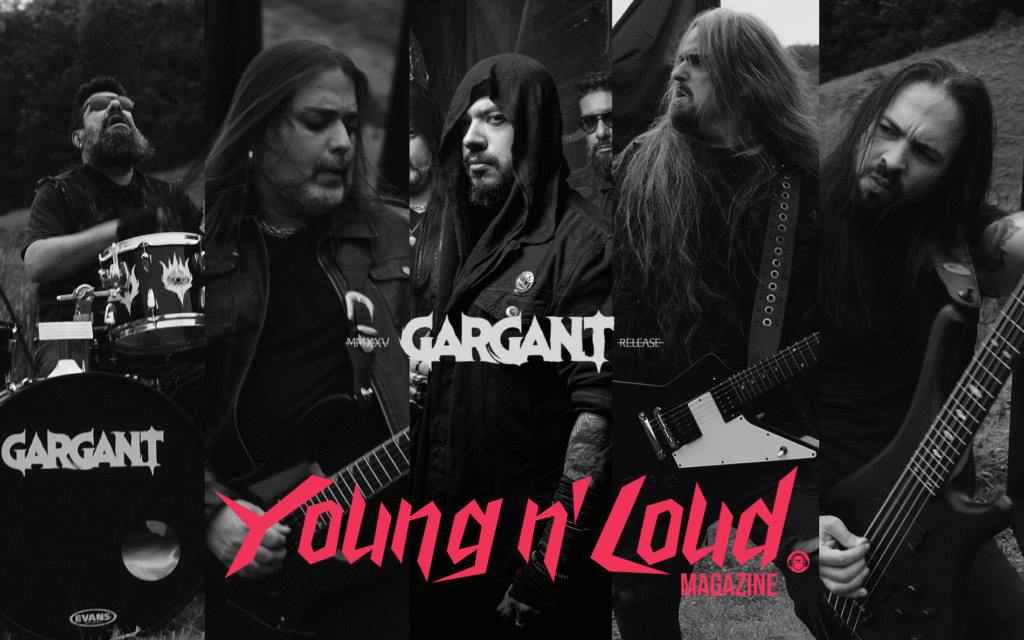
A Band Shaped by Contrast and Chemistry
GARGANT is not a band that fits neatly into a mold. Its members come from widely different corners of the metal universe. Caio and Paulo emerged from the extreme metal scene with Lacerated and Carbonized. Sevens, Leandro, and Phill carried the legacy of Painside, rooted more in traditional and melodic heavy metal.
What could have been a creative collision instead became the band’s greatest asset.
Caio describes the process as a difficult but rewarding balancing act. How heavy should they go. How melodic. How technical. How atmospheric. These questions shaped the record, and according to him, the breakthrough came with trust. Trust in instincts, trust in taste, trust in the idea that GARGANT should exist at the hinge point between brutality and melody.
Every member plays a defined role. Guilherme Sevens is the perfectionist, obsessed with detail and visual identity. Caio is the anchor, the peacemaker, guiding the sound with focus and precision. Leandro is the dreamer whose emotional touch shapes the melodic architecture. Paulo is the quiet force whose bass work gives the music its mass and gravity. Phill is the spark of rebellion whose drumming pushes the band toward aggression and intensity.
Together they form a structure that is both disciplined and explosive.
Inside the Heart of the Tracks
Certain songs demanded more of the band than others. Sons of Chaos stands out for Sevens as the most emotionally vulnerable performance on the record. The track shifts between melancholic and aggressive expressions, requiring a vocal approach that was precise but still unguarded. It became one of the most intense personal challenges for him as a frontman.
For the band as a whole, the track that most clearly defines who GARGANT is today is the title piece, Dead Night Defiance. It is the culmination of everything the band represents: aggression blended with melody, atmosphere integrated into heaviness, intensity sustained without sacrificing clarity.
If the band could send one song into space as a message from Earth, they say it would be this one.
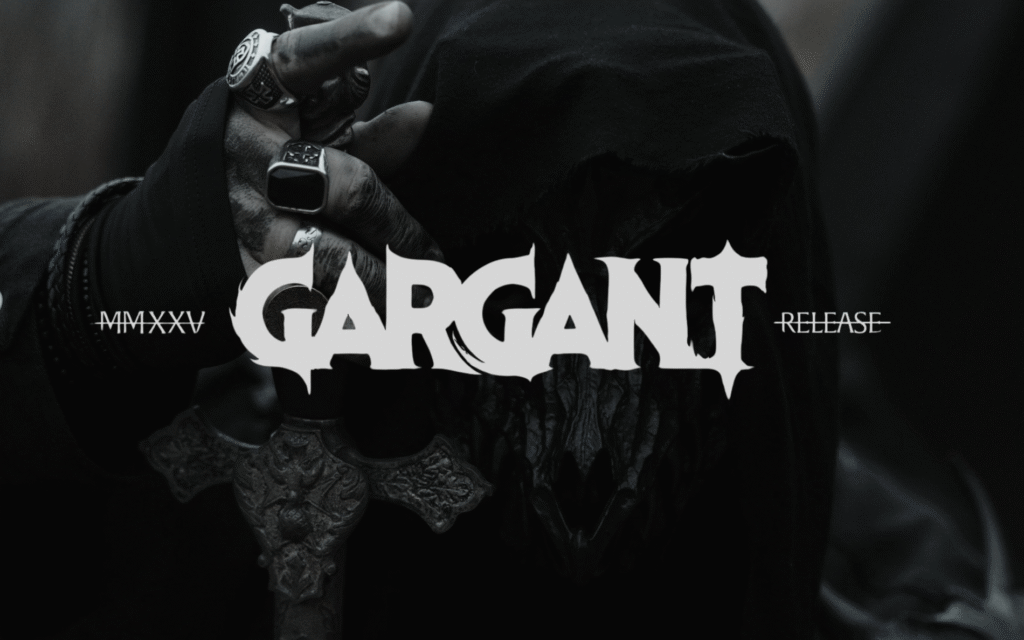
The Listener’s Journey and the World They Enter
The album is more than its sound. It is a universe. GARGANT has built a lore that connects its tracks to a broader narrative world. Dark fantasy themes become metaphors for inner conflict, loss, defiance, and transformation. Sevens explains that while their songs are wrapped in myth and symbolism, the emotions behind them are real.
The hope is that listeners will feel the weight of the journey, not as something crushing, but as something empowering. Caio describes the intended effect simply: We want them to feel the weight, but ready to hit play again. If there is one message they want to transmit, it is that true Heavy Metal remains alive, raw, and uncompromising.
On Stage: Where the Album Will Breathe Fire
GARGANT views performance as the final necessary chapter of this release. This is music conceived to be felt physically, and the band intends to bring it to the stage as soon as possible. Touring plans are in motion, along with more visual material tied to the album’s lore. Their live shows aim to extend the cinematic experience of the album into an immersive environment.
The stage, they say, is a battlefield. They step onto it ready for war.

After the Statement: What Comes Next
Dead Night Defiance is not the end of something. It is the beginning of the band’s true identity. Sevens speaks about this moment as a threshold. The album established GARGANT’s core: dark, monumental, and emotionally charged. The next works will expand and intensify this foundation.
More videos are coming. More lore. More narratives. A deeper universe for the fans who will join them on this path. And above all, more music that remains faithful to the values they fought to shape during this album.
When asked why this album had to exist now, Sevens answers simply: Because the world needs honest Heavy Metal again, music that bleeds passion and power.
With Dead Night Defiance, GARGANT has delivered exactly that.





